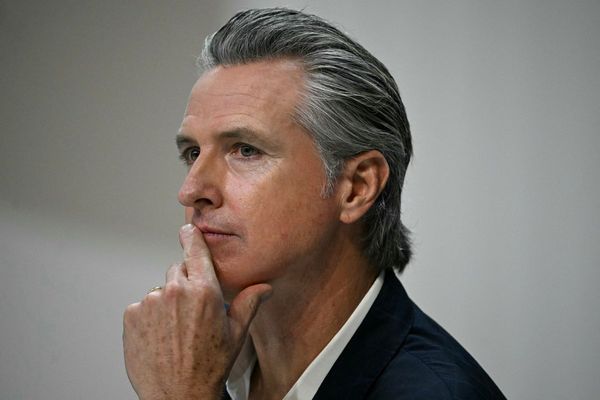
Employers are stepping up to deliver workplace gender equality measures but there is still a long way to go when it comes to representation in leadership and tackling harassment.
A report by the Workplace Gender Equality Agency (WGEA) has provided an update on key gender equality measures, showing strong progress in some areas and work to be done in others.
The biennial progress report tracks the impact of work to close the gender pay gap and revealed 90 per cent of private sector employers now have a gender equality strategy or policy in place, up from just two-thirds when reporting began in 2014.
Flexible working arrangements are also on the rise, with more employers offering formal policies that help employees, particularly women, balance work with family and caring responsibilities.
However, the report also revealed several ongoing challenges.
More than a quarter of private sector companies have no women in leadership roles and more action is needed to eliminate workplace harassment.
In particular, gender segregation of industries and occupations is a key driver of the gender pay gap, WGEA chief executive Mary Wooldridge said.
"The results show a stubborn lack of progress across all industries," she said.
"Addressing (gender segregation) is the next critical frontier to improving gender equality and closing the gender pay gap."

In the past decade, an additional 1.6 million employees have been covered by WGEA gender equality reporting, totalling up to 5.5 million Australians.
There has also been a decrease in the total remuneration gender pay gap of 7.5 percentage points from 28.6 per cent to 21.1 per cent.
Many workplaces have implemented strategies for gender equality, with the largest improvements in family and domestic violence polices.
While real progress was being made, there was still more work to do to embed gender equality in Australian workplaces, Women's Minister Katy Gallagher said.
"This report shows both how far we've come and the work ahead. And it shows that change doesn't happen by accident, it takes commitment, transparency and action," she said.
"Employers need to redouble their efforts and keep working towards gender equality, because it isn't a 'nice to have', it's essential for a fair, strong and competitive economy."







